Home>Garden Essentials>How Many Pollen Grains Germinate
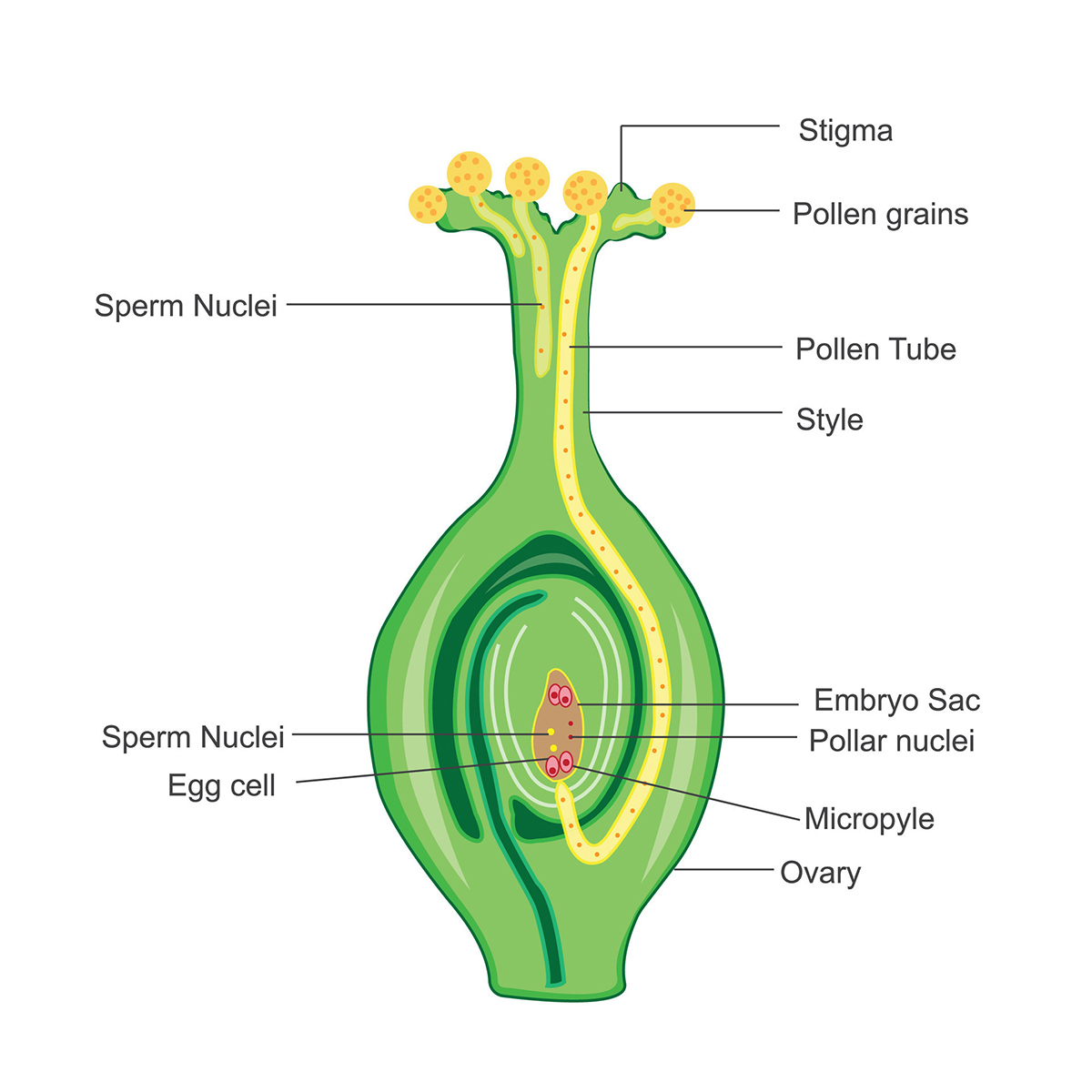

Garden Essentials
How Many Pollen Grains Germinate
Modified: March 15, 2024
Learn how many pollen grains germinate in your garden and discover the process of germination. Get expert tips and advice for successful garden pollination.
(Many of the links in this article redirect to a specific reviewed product. Your purchase of these products through affiliate links helps to generate commission for Storables.com, at no extra cost. Learn more)
Introduction
Pollen germination is a fascinating process that plays a crucial role in the reproduction of plants. It involves the development of pollen grains into pollen tubes, which serve as the conduits for delivering male gametes to the female reproductive organs. Understanding the mechanisms behind pollen germination is not only of interest to botanists and plant scientists, but also holds practical applications in agriculture, horticulture, and plant breeding.
In this article, we will delve into the intricacies of pollen germination, exploring the factors that influence it, the germination process itself, methods for detecting germinated pollen grains, and the wide-ranging applications of pollen germination studies.
So, if you’ve ever wondered how pollen grains transform into pollen tubes and what significance this process holds in the world of plants, read on to discover the fascinating world of pollen germination.
Key Takeaways:
- Pollen germination is the process where tiny pollen grains transform into pollen tubes, allowing plants to reproduce. Factors like temperature, humidity, and genetics influence this crucial step in plant life.
- Scientists use cool methods like staining, growth assays, and genetic techniques to study pollen germination. Understanding this process helps improve crop yield, conserve plants, and develop new plant varieties.
Read more: How Many Days For Marigolds To Germinate
What is Pollen Germination?
Pollen germination is the process by which pollen grains, the male reproductive cells of flowering plants, develop into pollen tubes. This process is essential for successful fertilization, as it enables the transportation of the male gametes to the female reproductive organs, where fertilization occurs.
When a flower is ready for pollination, pollen grains are released from the anthers, which are the male reproductive organs of the flower. These pollen grains are microscopically small, typically measuring around 20-30 micrometers in diameter. Each grain contains a male gamete, known as a sperm cell, encased within a protective outer wall called the exine.
Once a pollen grain reaches a compatible stigma, which is part of the female reproductive organ, it begins the process of germination. Pollen germination typically occurs in a receptive environment, where the stigma provides the necessary nutrients and moisture for the pollen grain to develop.
During germination, the pollen grain absorbs water, which initiates a series of biochemical reactions. The pollen grain’s outer wall, the exine, ruptures and the inner contents, including the male gamete, are released. A pollen tube, also known as a pollen tube, begins to grow out of the pollen grain, elongating towards the ovary of the flower.
The elongation of the pollen tube is a dynamic process driven by the actin cytoskeleton and various molecular mechanisms. As the pollen tube grows, it navigates through the style, a long, slender tube connecting the stigma and the ovary. Along the way, the pollen tube is guided by chemical signals released by the female reproductive organs, ensuring its proper direction towards the ovule.
Once the pollen tube reaches the ovule, it penetrates the embryo sac, a structure within the ovule that contains the female gametes. The male gamete within the pollen tube is then released and fuses with the female gamete, resulting in fertilization and the formation of a zygote, which will eventually develop into a new plant offspring.
Overall, pollen germination is a vital process in plant reproduction, allowing for the successful transfer of genetic material and ensuring the continuation of plant species.
Factors Affecting Pollen Germination
The process of pollen germination is influenced by various factors that can either promote or hinder the growth of pollen tubes. Understanding these factors is crucial for optimizing pollination and increasing the chances of successful fertilization. Let’s explore some of the key factors that affect pollen germination:
- Temperature: Temperature plays a significant role in pollen germination. Each plant species has an optimal temperature range for successful pollen tube growth. High temperatures can inhibit germination, while low temperatures can slow down or completely halt the process. Different plant species have different temperature preferences, and understanding these preferences is important for successful pollination.
- Humidity: Adequate moisture is necessary for pollen germination. High humidity levels provide the necessary water content for the pollen grain to absorb and initiate germination. Dry conditions can lead to dehydration of the pollen grain, hindering germination and pollen tube growth.
- Light: Light conditions can affect pollen germination in some plant species. While most plants do not require direct light for germination, some species may have specific light requirements. For example, certain orchids require specific light conditions, such as full sunlight or shade, for successful pollen germination.
- Pollination vectors: The method of pollination can also affect pollen germination. Different plant species rely on different pollinators, such as insects, birds, or wind, to transfer pollen grains. The characteristics and behaviors of these pollinators, such as their size, floral preferences, or flight patterns, can influence how effectively pollen grains are delivered to the stigma and initiate germination.
- Genetic compatibility: Pollen germination and successful fertilization depend on the genetic compatibility between the pollen grain and the female reproductive organ. Incompatible pollen grains may fail to germinate or may be rejected by the stigma, preventing fertilization. Genetic compatibility plays a crucial role in plant breeding and hybridization efforts, as it determines the success of cross-pollination.
- Nutrient availability: The availability of essential nutrients also affects pollen germination. Nutrients, such as sugars, amino acids, and minerals, are required for the growth and elongation of the pollen tube. A nutrient-rich environment promotes robust pollen tube growth, while nutrient deficiencies can impede germination and growth.
It is important to note that these factors may interact with each other and vary among different plant species. Understanding the specific requirements and preferences of the plant species you are working with is essential for optimizing pollen germination and increasing the chances of successful fertilization.
Germination Process of Pollen Grains
The germination of pollen grains involves a series of intricate biochemical and cellular events that ultimately lead to the growth of a pollen tube. Let’s take a closer look at the step-by-step process of pollen germination:
- Pollen Grain Activation: When a pollen grain lands on a compatible stigma, it becomes activated. Activation is triggered by a combination of factors, including hydration, appropriate temperature, and biochemical signals from the stigma. Activation prepares the pollen grain for germination and initiates the rupture of the outer wall, called the exine.
- Exine Rupture: As the pollen grain becomes activated, the exine starts to rupture, creating an opening through which the inner contents of the grain can emerge. This rupture exposes the male gamete, known as a sperm cell, and allows it to participate in fertilization.
- Pollen Tube Elongation: Once the exine ruptures, a pollen tube begins to grow out from the pollen grain. It emerges through the opening created by the rupture and elongates towards the ovary. The elongation of the pollen tube is driven by the actin cytoskeleton and various molecular mechanisms. As it grows, the pollen tube navigates through the style, guided by chemical signals released by the female reproductive organs.
- Penetration of the Ovule: As the pollen tube continues to elongate, it eventually reaches the ovule, which contains the female gametes. The pollen tube penetrates the ovule through an opening called the micropyle. This process requires the secretion of enzymes by the pollen tube, which facilitate its entry into the ovule.
- Release of Male Gamete: Once the pollen tube successfully penetrates the ovule, it releases the male gamete. The male gamete then fuses with the female gamete, located within the embryo sac of the ovule, resulting in fertilization.
- Formation of Zygote: The fusion of the male and female gametes leads to the formation of a zygote, which is the fertilized egg. The zygote will eventually develop into a new plant offspring, initiating the growth of seeds or fruits.
The germination process of pollen grains is a remarkable feat of plant reproductive biology. It involves a precisely orchestrated series of events that ensure the successful delivery of male gametes to the female reproductive organs. Understanding the intricacies of this process is crucial for plant breeding, horticulture, and the preservation of plant biodiversity.
To determine how many pollen grains germinate, count the number of pollen grains that have produced a pollen tube. Use a microscope to observe and count the germinated grains.
How to Detect Germinated Pollen Grains
Detecting germinated pollen grains is essential for studying and understanding the process of pollen germination. Scientists and researchers utilize various methods to identify and determine the germination status of pollen grains. Here are some common techniques used for detecting germinated pollen grains:
- Pollen Staining: Pollen staining is a widely used technique for detecting germinated pollen grains. Fluorescent dyes or stains, such as acetocarmine or fluorescein diacetate, are applied to the pollen grains. These stains can penetrate the pollen tube and highlight the germinated pollen grains under a fluorescence microscope. The stained pollen tubes appear as brightly colored threads, making them easily distinguishable from ungerminated pollen grains.
- Pollen Tube Growth Assay: The pollen tube growth assay allows researchers to assess the growth and elongation of pollen tubes. In this method, the stigma or style is excised from the flower and placed on a growth medium or agar plate. The pollen grains are then directly introduced onto the stigmatic surface, and the plate is incubated under suitable conditions. After a certain period, the growth of pollen tubes is observed and measured under a microscope. Longer pollen tubes indicate successful germination, while shorter or absent pollen tubes suggest unsuccessful germination.
- Immunoassays: Immunoassays involve the use of specific antibodies that can bind to proteins or molecular markers present in germinated pollen grains. Antibodies are labeled with a detectable marker, such as fluorescein or enzyme-linked dyes. When applied to the pollen samples, these labeled antibodies selectively bind to germinated pollen grains, allowing for their visual detection under a microscope or through other detection methods like enzyme-linked immunosorbent assays (ELISA).
- Genetic Methods: Advances in molecular biology have paved the way for genetic methods to detect germinated pollen grains. Researchers can use various genetic markers, such as fluorescent proteins or DNA probes, that are specifically expressed in germinated pollen grains. These markers can be attached to specific genes or regulatory elements involved in pollen germination. When introduced or expressed in pollen samples, the expression of these markers indicates the presence of germinated pollen grains.
- Scanning Electron Microscopy (SEM): Scanning Electron Microscopy is a powerful technique that provides high-resolution images of pollen grains and pollen tubes. By imaging the surface of pollen grains, researchers can visually identify the morphology and growth of pollen tubes. SEM can provide detailed information about the length, shape, and branching patterns of germinated pollen tubes, allowing for a comprehensive analysis of pollen germination.
These methods collectively provide researchers with valuable tools to study pollen germination and gain insights into the reproductive processes of plants. By accurately detecting germinated pollen grains, scientists can further their understanding of plant development, pollen-pistil interactions, and the factors affecting fertilization success.
Read more: How Many Days For Yarrow To Germinate
Applications of Pollen Germination Studies
Pollen germination studies have far-reaching applications across various fields, including agriculture, horticulture, plant breeding, and ecological research. Here are some notable applications of pollen germination studies:
- Pollen Viability Assessment: Determining the viability of pollen grains is crucial for successful plant breeding and crop production. Pollen germination studies allow researchers to assess the percentage of viable pollen grains in a population. This information helps breeders select suitable pollen donors for cross-pollination, improving the chances of successful fertilization and the development of desirable traits in offspring.
- Hybrid Seed Production: Hybrid seed production plays a vital role in commercial agriculture. By understanding the germination process, breeders can develop effective techniques for hybrid seed production. Controlled pollination, utilizing techniques like emasculation and hand-pollination, ensures accurate cross-breeding of parental lines and the production of high-quality hybrid seeds.
- Pollination Ecology: Studying pollen germination provides valuable insights into the pollination ecology of different plant species. By observing the timing, efficiency, and success of pollen germination, researchers can understand the pollination mechanisms and interactions between plants and their pollinators. This knowledge helps in conserving pollinator populations, restoring habitats, and promoting biodiversity conservation.
- Improving Crop Yield: Increasing crop yield and improving agricultural productivity are key goals for farmers and plant breeders. Pollen germination studies aid in identifying factors that enhance or inhibit pollination success, such as temperature, humidity, and nutrient availability. By optimizing these conditions, farmers can ensure better crop pollination, leading to increased fruit set, seed production, and overall yield.
- Development of Assisted Reproduction Techniques: Pollen germination studies contribute to the development of assisted reproduction techniques, such as in vitro fertilization and embryo rescue. By understanding the intricacies of pollen tube growth and fertilization, researchers can refine these techniques, facilitating the successful production and propagation of rare or hybrid plant varieties that may not reproduce easily under natural conditions.
- Conservation Efforts: Pollen germination studies are instrumental in conservation efforts of endangered plant species. Assessing the germination potential of pollen grains helps identify potential breeding challenges and develop strategies for the long-term preservation of rare and threatened plant populations.
These are just a few examples of the practical applications of pollen germination studies. By unraveling the complexities of pollen germination, scientists and researchers can make significant contributions to plant breeding, crop production, ecological conservation, and our overall understanding of the reproductive biology of plants.
Conclusion
Pollen germination is a fascinating process that underlies the reproductive success of plants. From the activation of pollen grains to the growth of pollen tubes and the fusion of male and female gametes, pollen germination is a crucial step in the complex journey of plant reproduction.
Through careful study and research, scientists have uncovered the various factors that influence pollen germination, including temperature, humidity, genetics, and nutrient availability. Understanding these factors is essential for optimizing pollination, increasing crop yield, and preserving plant biodiversity.
Detection methods such as pollen staining, pollen tube growth assays, immunoassays, genetic methods, and scanning electron microscopy allow researchers to assess and analyze the germination status of pollen grains. These techniques provide valuable insights into the reproductive biology of plants and aid in various applications such as hybrid seed production, pollination ecology studies, and the development of assisted reproduction techniques.
The applications of pollen germination studies have significant implications in agriculture, horticulture, plant breeding, and ecological research. From improving crop yield to conserving endangered plant species, pollen germination studies contribute to the sustainable development and conservation of plant resources.
In conclusion, the exploration of pollen germination not only unravels the intricate processes of plant reproduction, but it also holds practical value in enhancing agricultural practices, protecting biodiversity, and advancing our understanding of the natural world. By deepening our knowledge of pollen germination, we can unlock the secrets of plant fertility and harness their full potential for the benefit of humankind.
Frequently Asked Questions about How Many Pollen Grains Germinate
Was this page helpful?
At Storables.com, we guarantee accurate and reliable information. Our content, validated by Expert Board Contributors, is crafted following stringent Editorial Policies. We're committed to providing you with well-researched, expert-backed insights for all your informational needs.
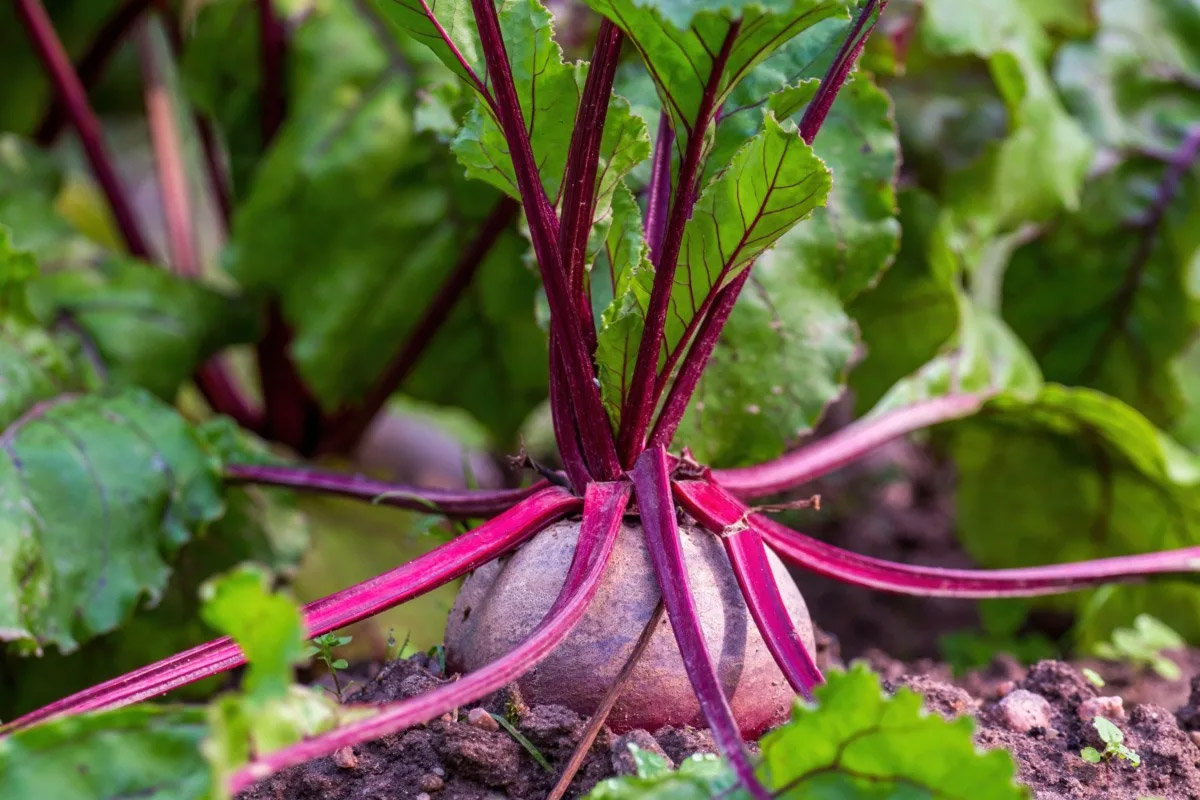
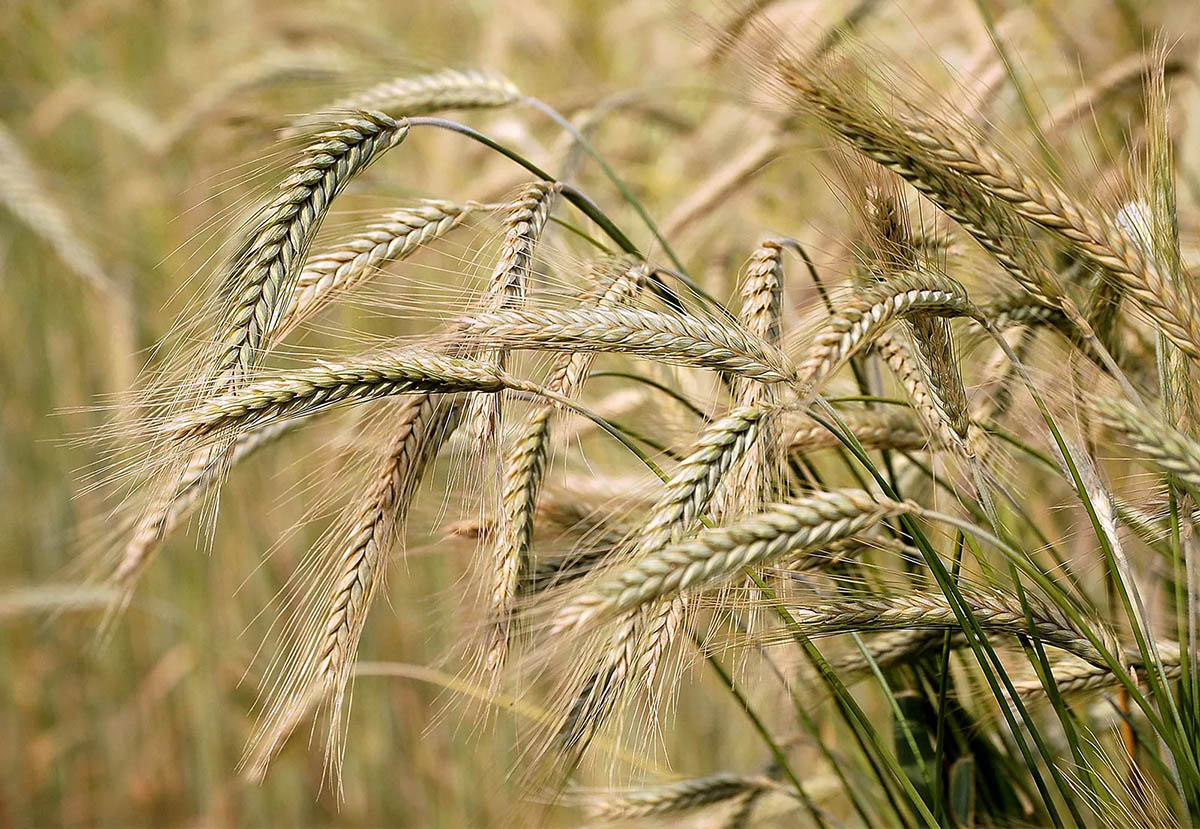
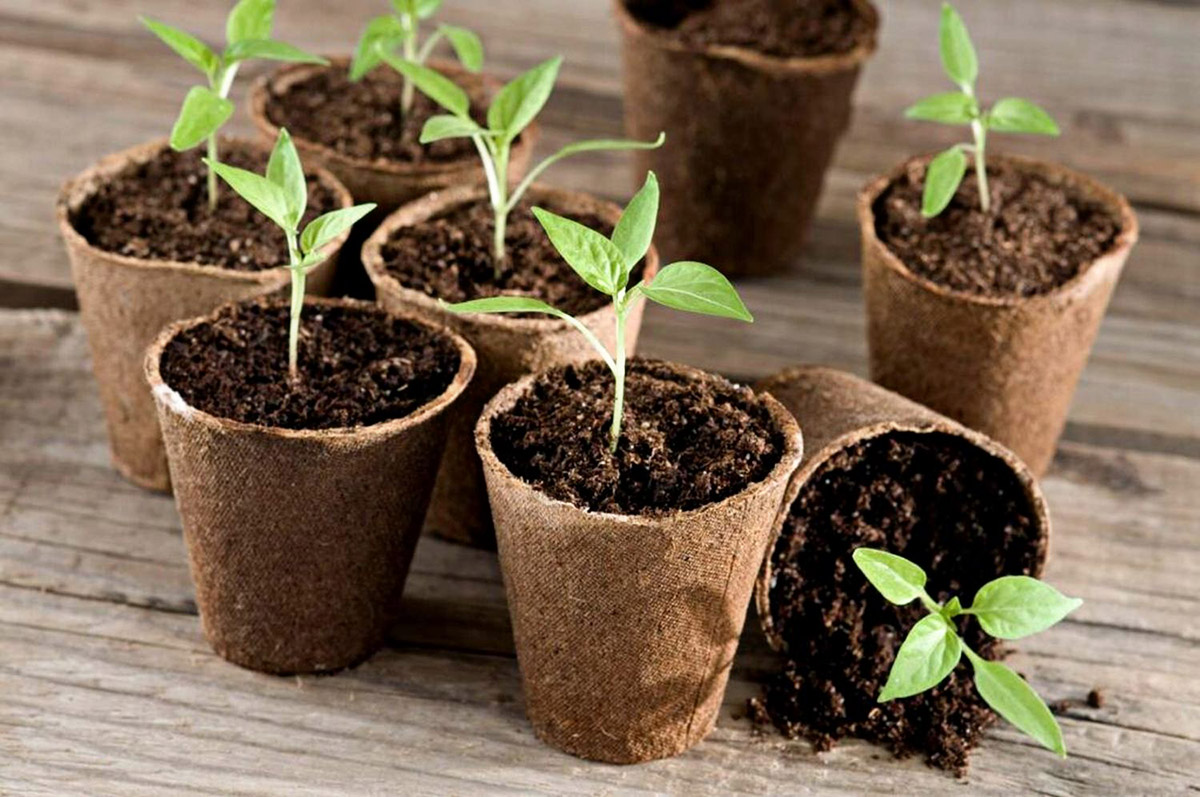
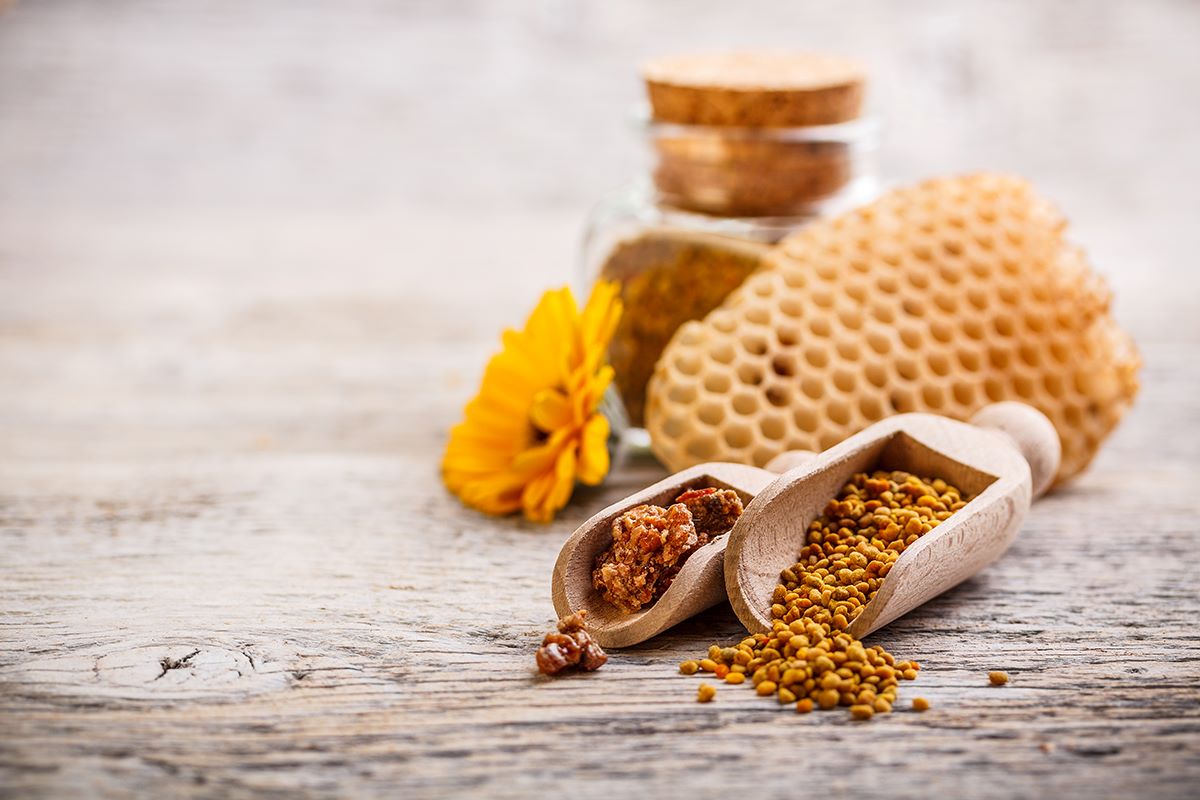

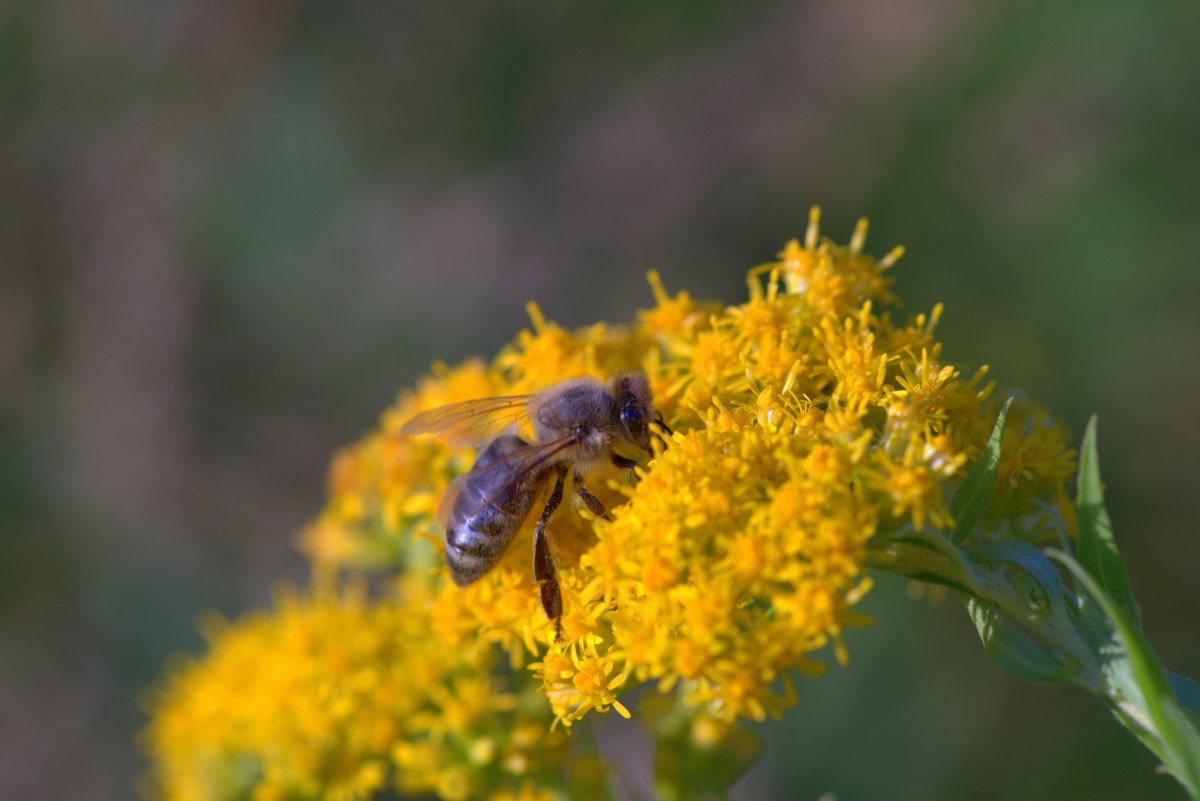
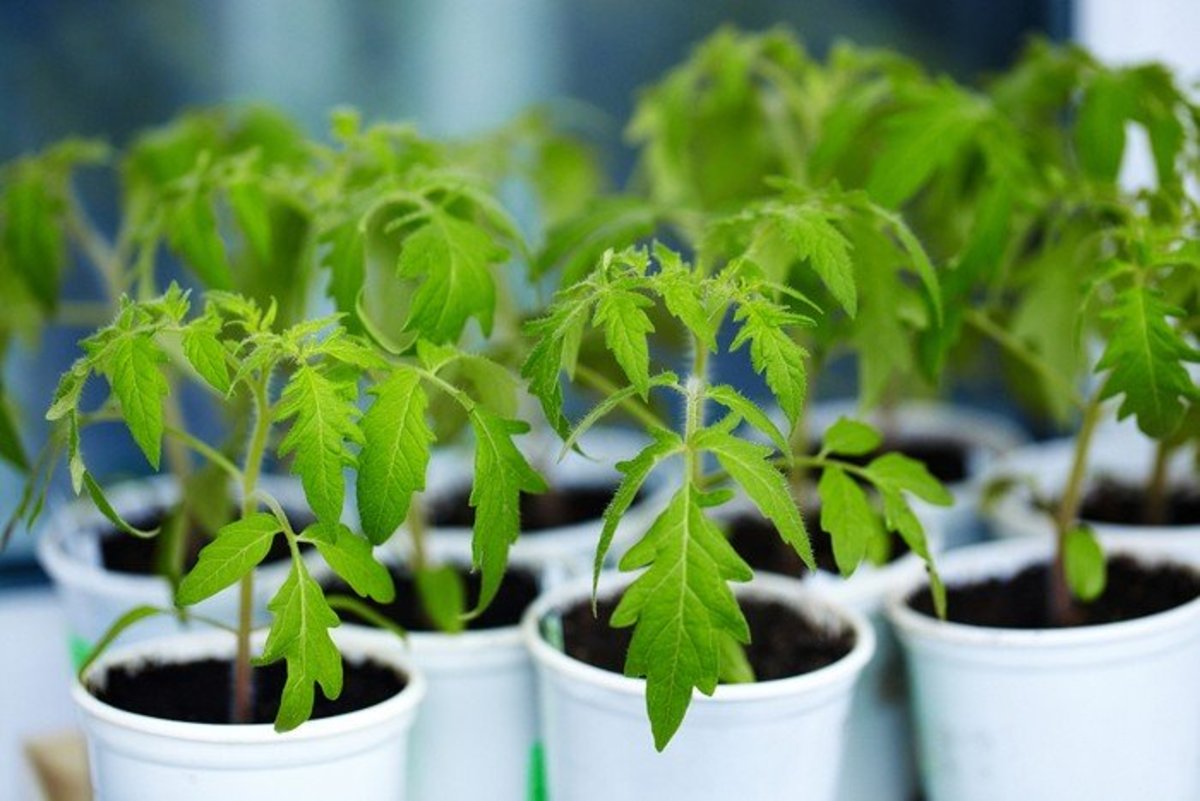

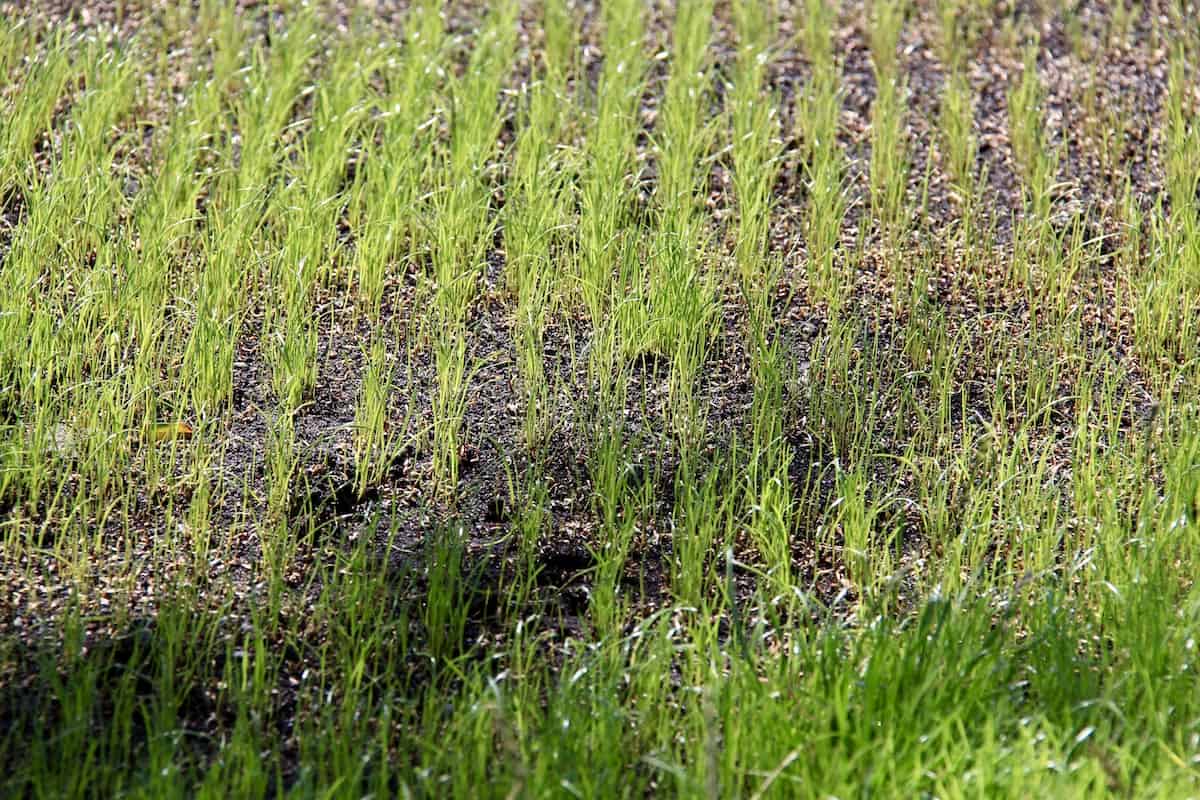






0 thoughts on “How Many Pollen Grains Germinate”